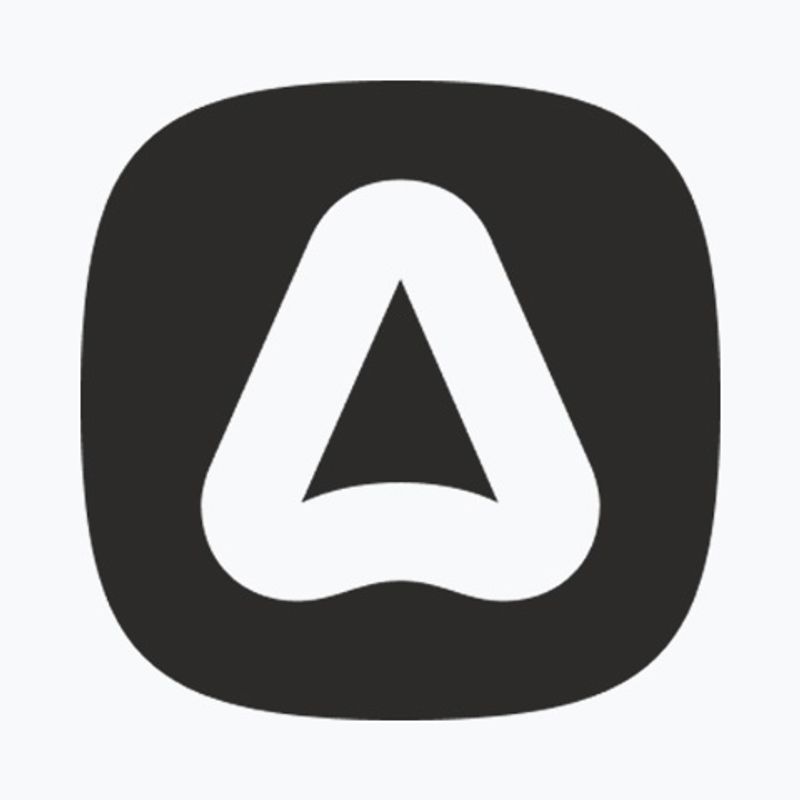

AdonisJS
AdonisJS 5 is a NodeJS framework that's comes packed with everything you'll need to quickly build scalable and secure applications or APIs.
From The Feed
-
TailwindCSS plugins installation issue
Hello,
I'm trying to install Tailwindcss plugin but I'm getting an error of "require is not defined".
Here is my Tailwindcss config file
... Read more/** @type {import('tailwindcss').Config} */ export default { content: ['./resources/views/** -
Add a webhook endpoint to AdonisJS web app | FIXED
I'm just getting started with AdonisJS, I used the web app template, and now I need to add a webhook endpoint, so I can receive events from third-party platforms(such as payments) how can I do that.
Excuse my newbie question.
UPDATE
Fixed it, ...
Read more -
Averaging over time period and grouping by properties
So i have a adonis model where i store propertyValue and each entry has a timestamp (ISO 8601). There are several properties which is related via a propertyId.
Read more
So my objective is to aggregate data and get averages over a day for a particular... -
Adonis + Docker
Hello,
Read more
Is there a lesson talking about adonis development / deployment using docker docker-compose? -
building-with-adonisjs-and-inertia repository setup error on local machine.
Read more
Hello
I'm trying setup this project: https://github.com/adocasts/building-with-adonisjs-and-inertia on my local machine and I'm getting this error:
[postcss] /home/thiago/study/node/building-with-adonisjs-and-inertia/inertia/components/Sett...
Lessons.
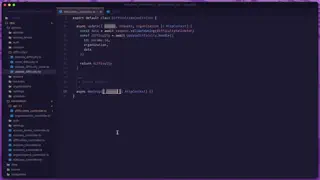
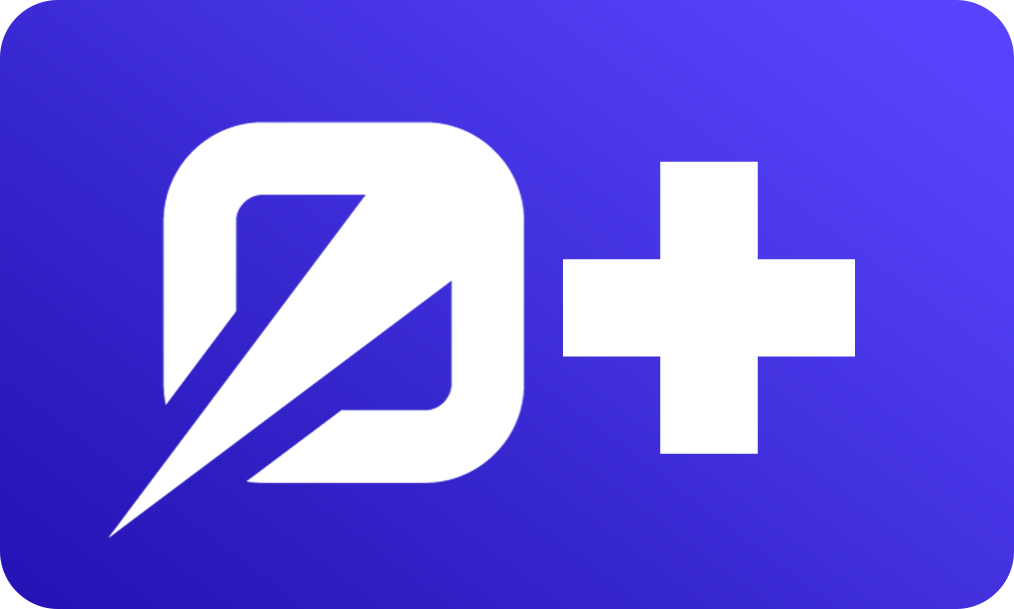
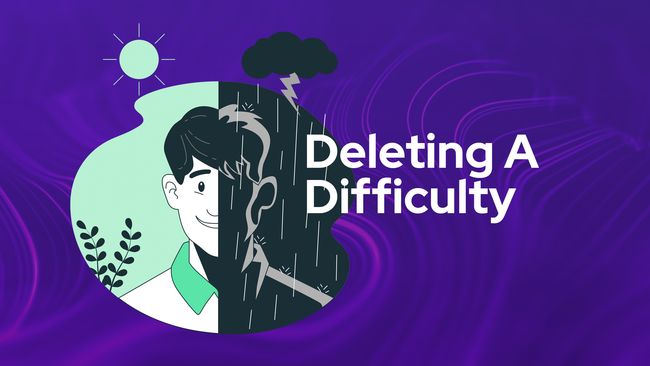
Deleting A Difficulty
The last CRUD method we need to add is the ability to delete our a difficulty by adding a DELETE API route, we'll take care of that in this lesson.


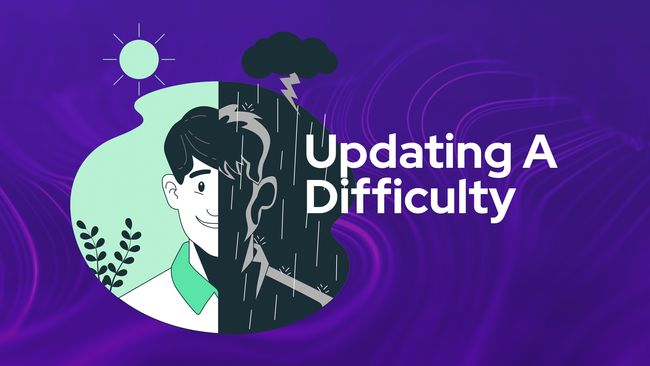
Updating A Difficulty
In this lesson, we'll add a PUT API route to handle updating our difficulties! This route will also accept in a specific difficulty id via route parameter to specify which difficulty should be updated.


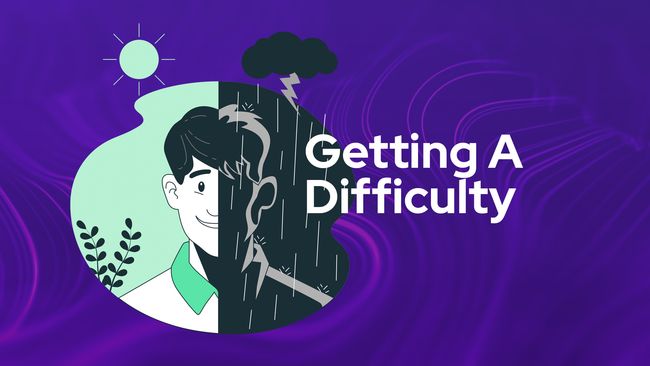
Getting A Specific Difficulty
In this lesson, we'll add a GET API route enabling us to get the details of a specific difficulty by providing the difficulties id via route parameter.


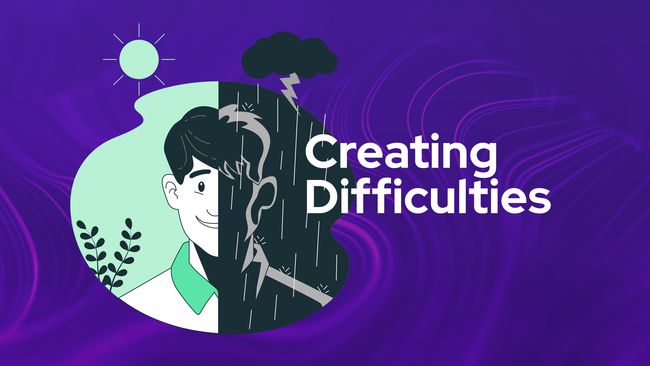
Creating Organization Difficulties
Next, we'll add a POST route and handler so that we can create difficulties from our API


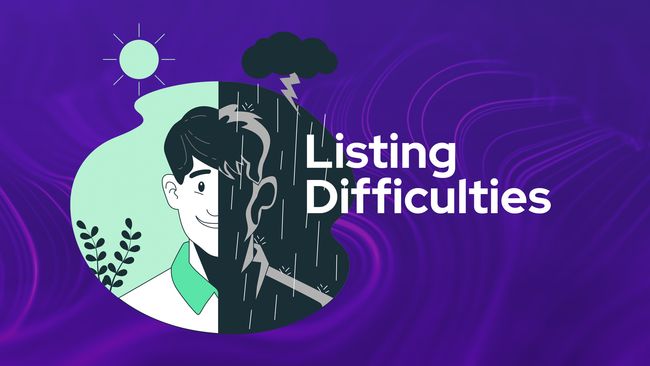
Listing Organization Difficulties
In this lesson, we'll begin work on our first CRUD-based API resource by adding the ability to query a list of all our organization's difficulties.



Simple API Versioning
In this lesson, we'll implement a simple versioning mechanism for our API. Versioning allows us to safely make breaking changes without breaking our user's implementations of our API.


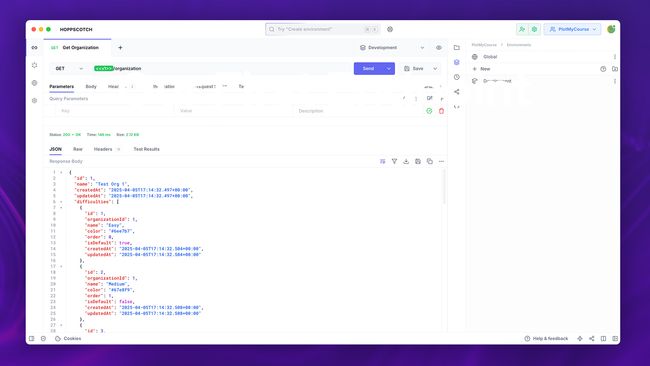
Setting Up Our REST Client
In this lesson, we'll take some time to get set up and get comfortable with a REST Client application. This will allow us to store our API endpoints within collections to simplify testing them as we build them out. In this series, I'll be using Hoppscotch


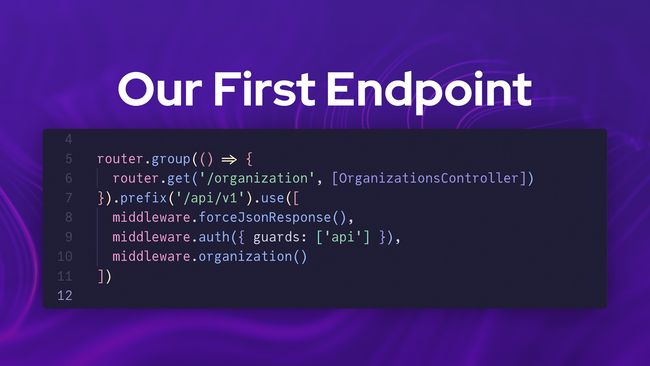
Our First API Endpoint to Get Our Organization's Details
In this lesson, we'll add the first endpoint to our API. With this endpoint we'll return back the Organization's details for the provided Access Token with the request.


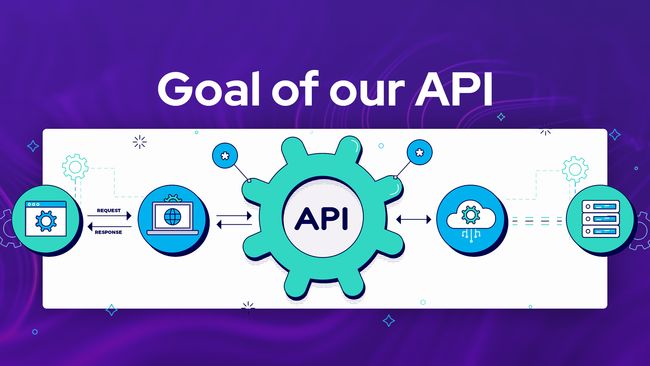
The Goal of our REST API
In this lesson, we'll briefly give an overview of REST and how we'll be taking a practical approach to it when building our API.



Deleting/Revoking Access Tokens
In this lesson, we'll add the ability for our users to revoke an access token by deleting it out of our database.



Displaying & Copying A Newly Created Access Token
In this lesson, we'll add a secondary step to our access token creation flow that will display the newly created access token to the user one time, allow them to copy the token, then drop the token completely from memory.



Listing an Organization's Access Tokens
In this lesson, we'll query all of our organization's access tokens and filter out any tokens that are expired. Then, we'll list the organization's tokens showing it's name, abilities, when it was created, and when it was last used.

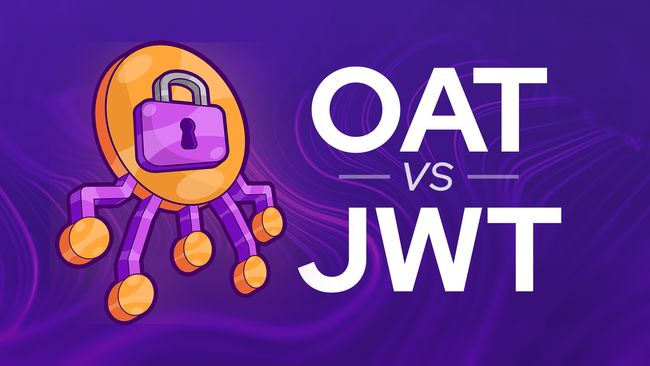
Opaque Access Tokens (OAT) vs JSON Web Tokens (JWT)
In this lesson, we'll take a step back to understand the differences between the tokens we're using, which are Opaque Access Tokens (OAT), and JSON Web Tokens (JWT). We'll discuss security, scalability, and what makes up each token.

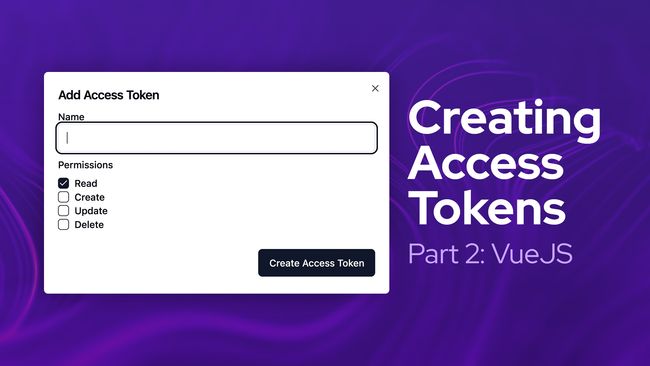
Creating Access Tokens Part 2: Inertia/Vue
In this lesson, we'll rig up the create access token route we created in the last lesson to a form within our Vue application. We'll also stub the overall manage access tokens card for the organization itself.

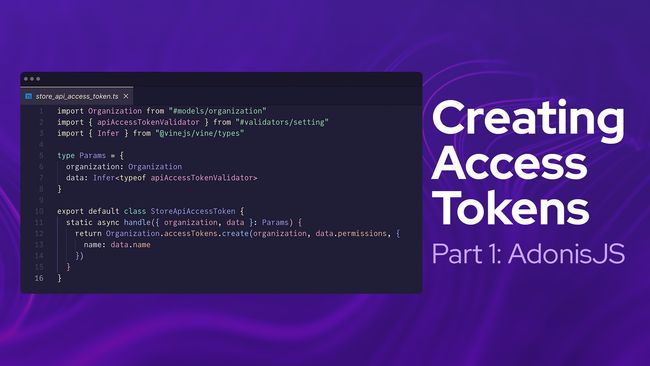
Creating Access Tokens Part 1: AdonisJS
In this lesson, we'll add a route to the settings portion of our application allowing the user to create an opaque access token (OAT), with the desired permissions, for the active organization.

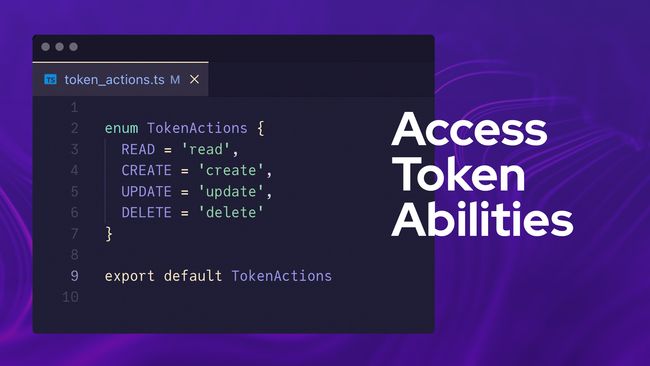
Defining Access Token Abilities & DTO
In this lesson, we'll finish up our preparation work by creating a data transfer object (DTO) for our access tokens. Then, we'll define what our token abilities will be within our application's API.

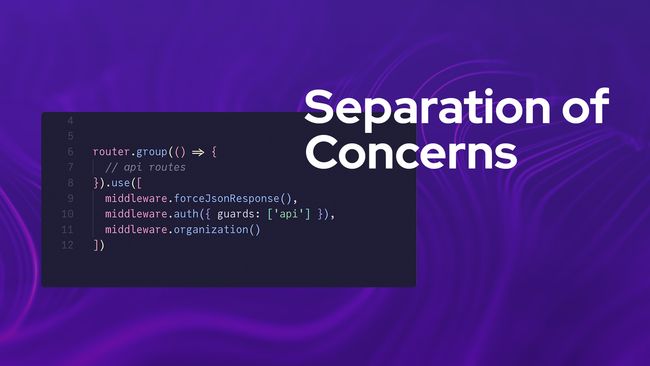
Separation of API & Web Auth Guard Concerns
In this lesson, we'll restrict our routes to their applicable authentication guard. Ensuring our web routes can properly authorize using their role-based authorization and our API can properly authorize using our access token abilities.

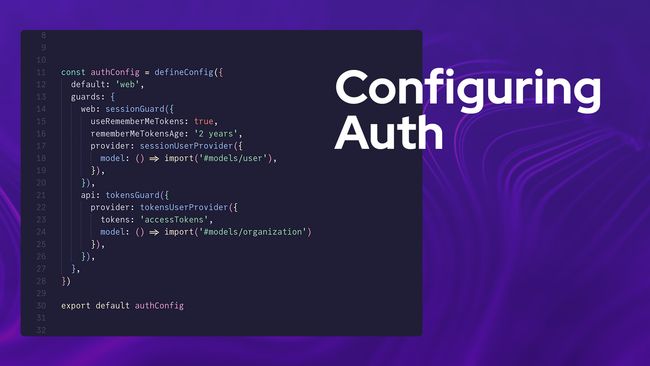
Configuring Access Token Auth on top of Session Auth
In this lesson, we'll get opaque access tokens configured within our AdonisJS application on top of the already configured session/web authentication. This will include configuring the guard and setting up the db access token provider.

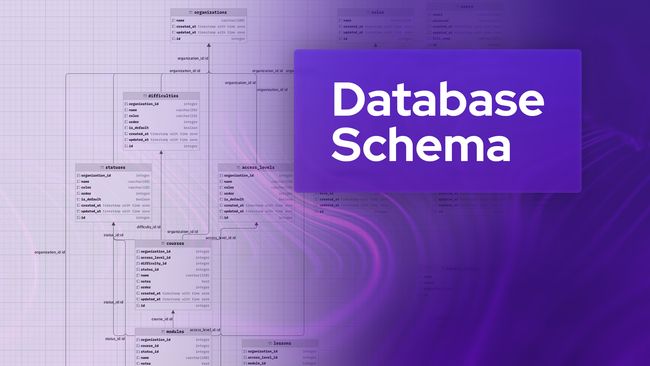
Overview of our Database Schema
In this lesson, we'll take a high level look at our database's schema so that we have an understanding at the entities and models at play and how they relate to one another within our application.

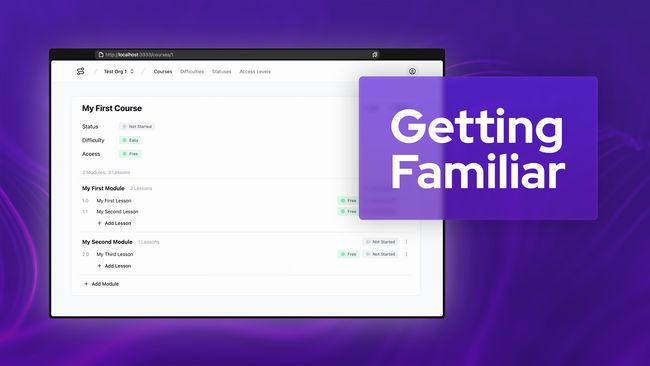
Getting Familiar with our Web Project
In this lesson, we'll quickly walk through the web application we've cloned down to get familiar with the data at play, how it's presented to the user, and the features at hand.
Showing 21 to 40 of 389 results